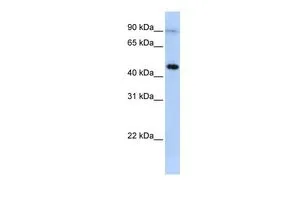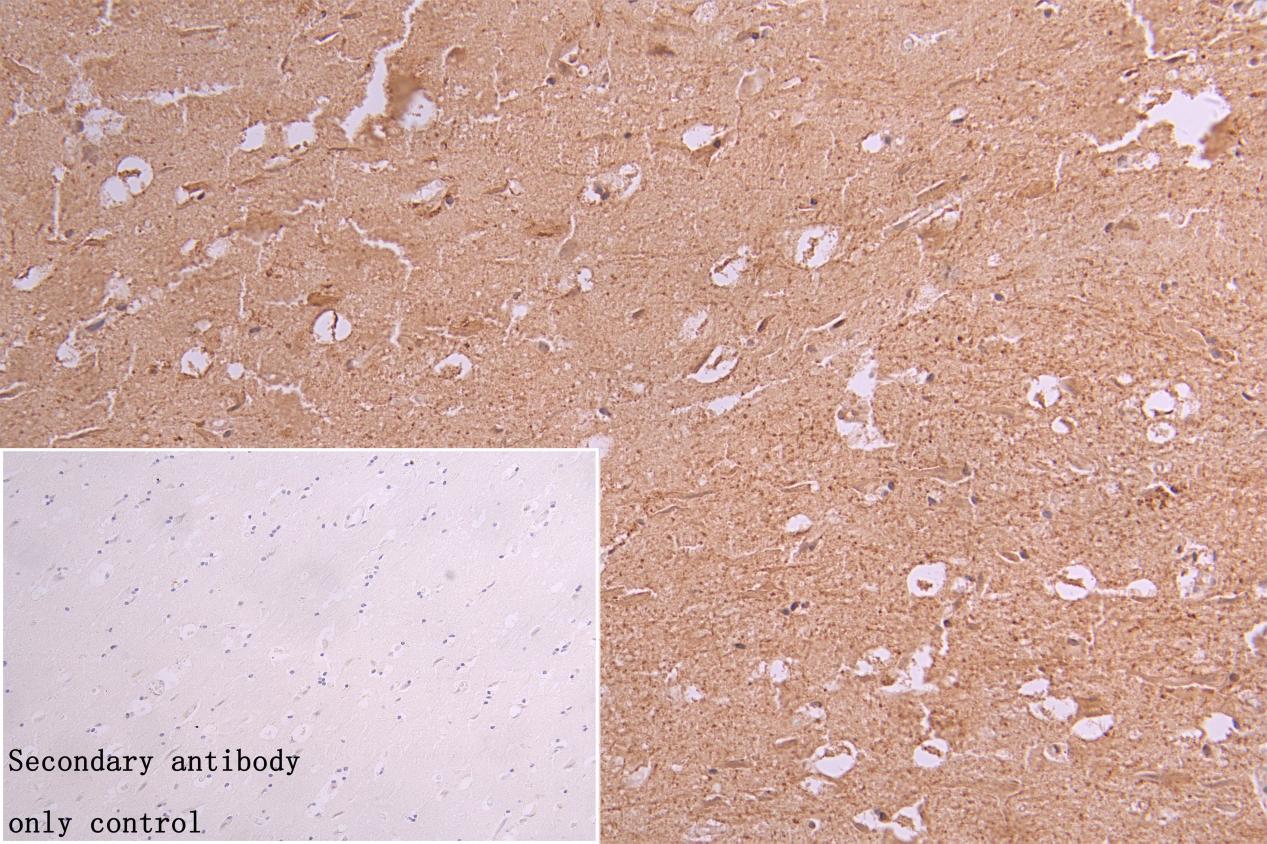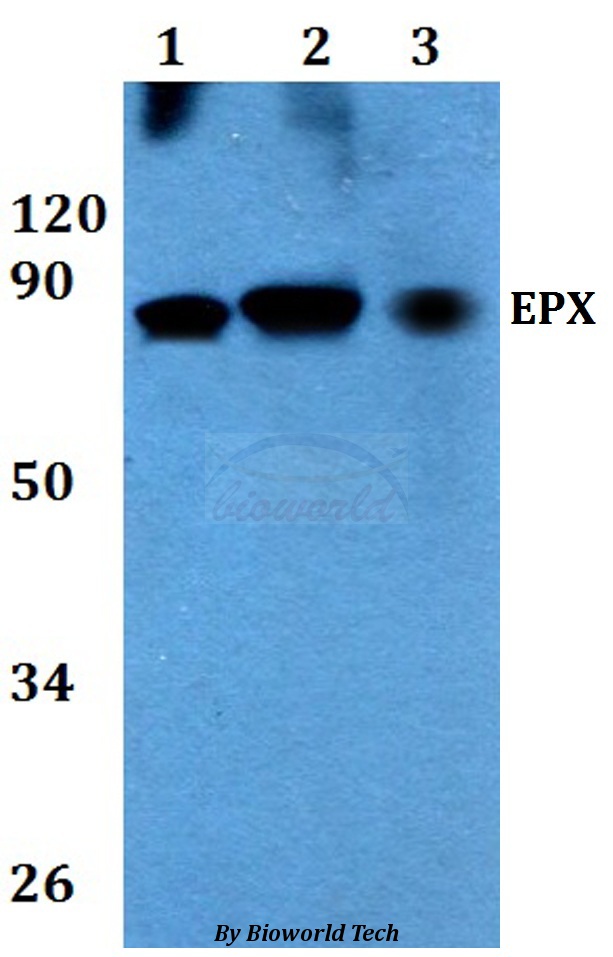![IHC-P analysis of human pancreas tissue section using GTX02633 EPX antibody [rEPO104]. IHC-P analysis of human pancreas tissue section using GTX02633 EPX antibody [rEPO104].](https://www.genetex.com/upload/website/prouct_img/normal/GTX02633/GTX02633_20210319_IHC-P_w_23053122_810.webp)
IHC-P analysis of human pancreas tissue section using GTX02633 EPX antibody [rEPO104].
EPX antibody [rEPO104]
GTX02633
ApplicationsFlow Cytometry, ImmunoFluorescence, ImmunoCytoChemistry, ImmunoHistoChemistry, ImmunoHistoChemistry Paraffin
Product group Antibodies
TargetEPX
Overview
- SupplierGeneTex
- Product NameEPX antibody [rEPO104]
- Delivery Days Customer9
- Application Supplier NoteICC/IF: 0.5-1 microg/ml. IHC-P: 1-2 microg/ml. FACS: 0.5-1 microg/million cells. *Optimal dilutions/concentrations should be determined by the researcher.Not tested in other applications.
- ApplicationsFlow Cytometry, ImmunoFluorescence, ImmunoCytoChemistry, ImmunoHistoChemistry, ImmunoHistoChemistry Paraffin
- CertificationResearch Use Only
- ClonalityMonoclonal
- Clone IDrEPO104
- Concentration200 ug/ml
- ConjugateUnconjugated
- Gene ID8288
- Target nameEPX
- Target descriptioneosinophil peroxidase
- Target synonymseosinophil peroxidase; EPO; EPP; EPXD; EPX-PEN
- HostMouse
- IsotypeIgG1
- Protein IDP11678
- Protein NameEosinophil peroxidase
- Scientific DescriptionThis gene is a member of the peroxidase gene family and is expressed in eosinophils. The encoded preproprotein is proteolytically processed into covalently attached heavy and light chains to form the mature enzyme, which functions as an oxidant. The enzyme is released at sites of parasitic infection or allergen stimulation to mediate lysis of protozoa or parasitic worms. The gene is found in a gene cluster with other peroxidase genes on chromosome 17. Mutations in this gene result in eosinophil peroxidase deficiency. [provided by RefSeq, Feb 2016]
- Storage Instruction2°C to 8°C
- UNSPSC12352203



![IHC-P analysis of human pancreas tissue section using GTX02634 EPX antibody [EPX/3908R].](https://www.genetex.com/upload/website/prouct_img/normal/GTX02634/GTX02634_20210319_IHC-P_w_23053122_191.webp)



